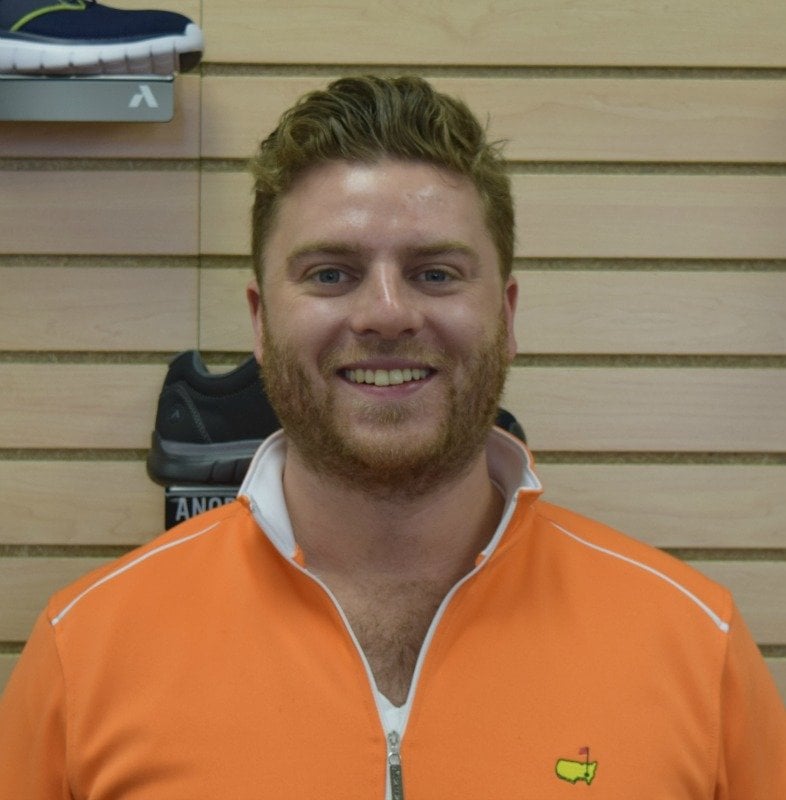.jpg?width=750&height=422&name=Blog%20Template%20copy-1%20(1).jpg)
The A5514 HCPCS code went live on 1/1/2019 after the temporary K0903 was “cross walked” into a permanent A code. However, since its inception there has been a widespread misunderstanding as to what the true difference is between the A5513 and A5514 codes.
The question for diabetic inserts: What's the difference between the A5513 & A5514 HCPCS billing codes? The most common misconception is that the difference between these codes has to do with how the practitioner casts the patient – i.e. foam impression vs. 3D scan. This is unequivocally false. The difference has nothing to do with how the practitioner is casting the patient’s feet, it has everything to do with how the manufacturer of the orthotics is making them.
To better understand the differences, let’s first look at the HCPCS definitions of each from Palmetto PDAC who currently reviews these products for coding recommendations.
A5513 - Multi den insert custom mold
“FOR DIABETICS ONLY, MULTIPLE DENSITY INSERT, CUSTOM MOLDED FROM MODEL OF PATIENT'S FOOT, TOTAL CONTACT WITH PATIENT'S FOOT, INCLUDING ARCH, BASE LAYER MINIMUM OF 3/16 INCH MATERIAL OF SHORE A 35 DUROMETER (OR HIGHER), INCLUDES ARCH FILLER AND OTHER SHAPING MATERIAL, CUSTOM FABRICATED, EACH”
A5514 - Mult den insert dircarv/cam
“FOR DIABETICS ONLY, MULTIPLE DENSITY INSERT, MADE BY DIRECT CARVING WITH CAM TECHNOLOGY FROM A RECTIFIED CAD MODEL CREATED FROM A DIGITIZED SCAN OF THE PATIENT, TOTAL CONTACT WITH PATIENT'S FOOT, INCLUDING ARCH, BASE LAYER MINIMUM OF 3/16 INCH MATERIAL OF SHORE A 35 DUROMETER (OR HIGHER), INCLUDES ARCH FILLER AND OTHER SHAPING MATERIAL, CUSTOM FABRICATED, EACH”
While these definitions may be a bit wordy or confusing, the main difference relates to the model that the orthotics are manufactured from – physical model (A5513) vs digital, CAD-CAM model (A5514).
The process for fabricating A5513 orthotics typically entails vacuum forming layers of material on a positive model of a patient’s foot. The physical model is most typically by pouring plaster into a foam impression or carving a model out of foam or wood. This is more of an “old-school” version of orthotic manufacturing and does not utilize any technology.
The process for creating an A5514 orthotic is a bit different. The model of the patient’s foot, even if the patient is casted using a physical impression foam or slipper cast, is scanned by the manufacturer and created in a digital CAD-CAM program. If the patient’s foot is scanned by the practitioner using a 3D camera, that 3D image file will be directly imported/uploaded into the manufacturers CAD-CAM software. Therefore, there is no physical model ever created from the scan, because there is no need for it. The CAD CAM software creates the opposite of the model by using the inverse surface of the foot to create the surface of the orthotic.
There continue to be advances in CAD-CAM technology and machine milling/automation, which ultimately results in a better, more consistent orthotic.
Nonetheless, it is worth noting that the basic aspects and materials of the inserts are the exact same. Both have to base layer which is at least 3/16”, which has a durometer of 35 or more. Furthermore, and likely most importantly, reimbursement is identical between A5513 and A5514. The most important thing to make sure of is that when you bill Medicare or other insurances, that you are billing the proper code.
If you aren’t sure which manufacturing process the manufacturer that you’re buying your orthotics from is using, make sure to give them a call to clarify! And if you want to offer your patients the best diabetic orthotics for their feet, make sure to order them from us!
PS – our inserts should be coded as A5514. We’re continuing to improve our custom orthotics by being at the forefront of orthotic technology, all while maintaining our unmatched level of craftsmanship. Additionally, all of our A5514 orthotics are made to fit any style of diabetic footwear. Learn more about our Laboratory here.



.png?width=116&name=Anodyne_circle_1_logo%20(2).png)
